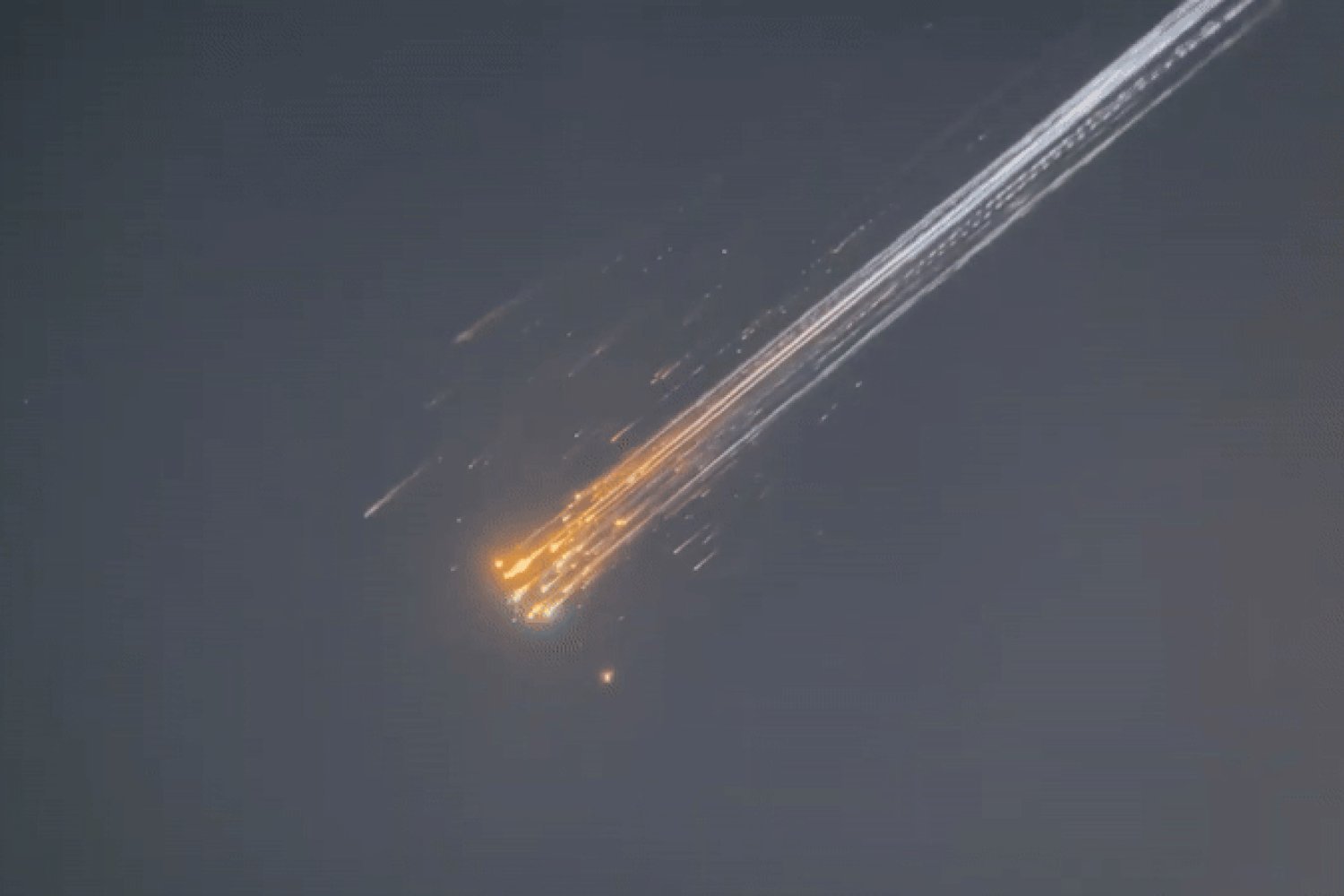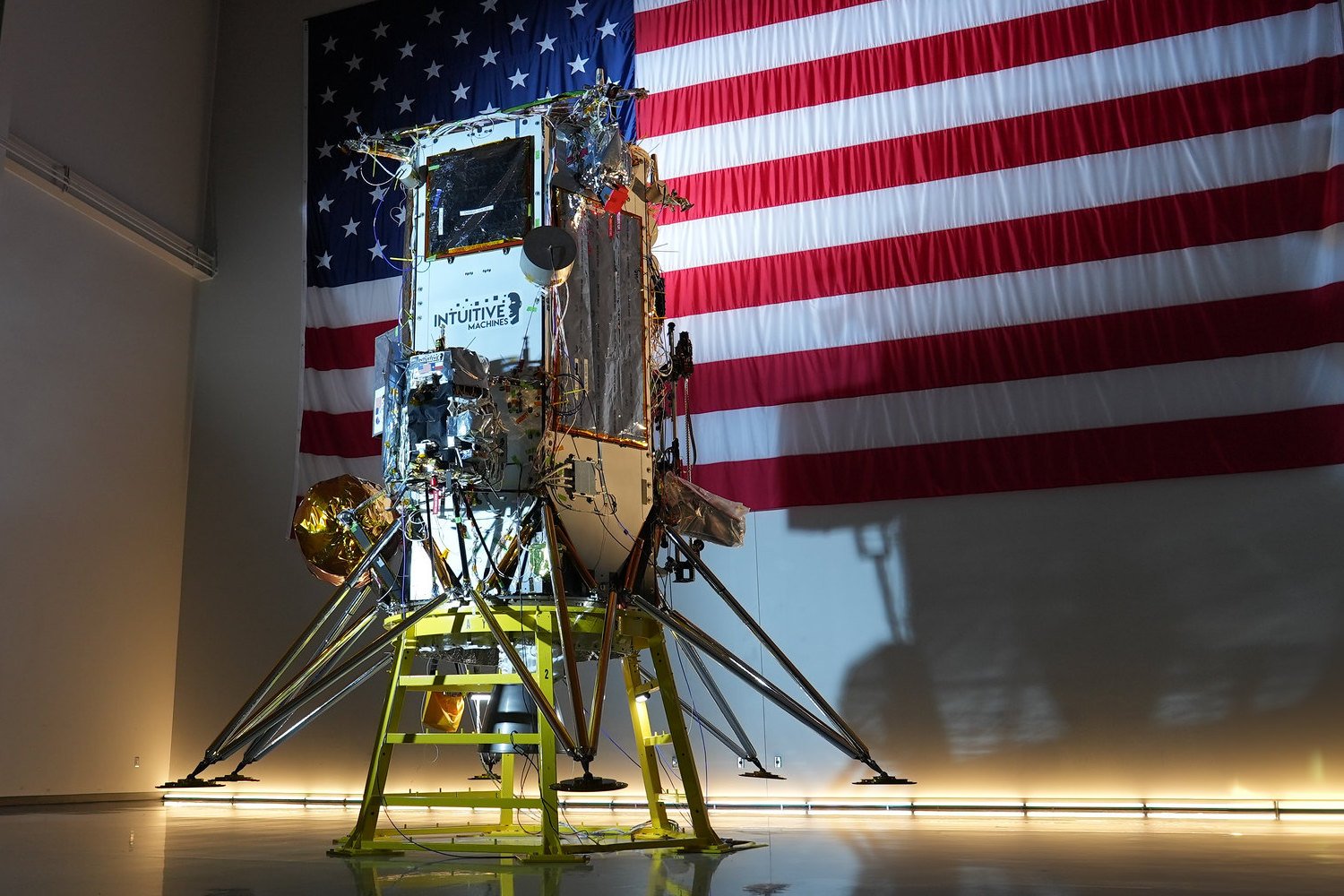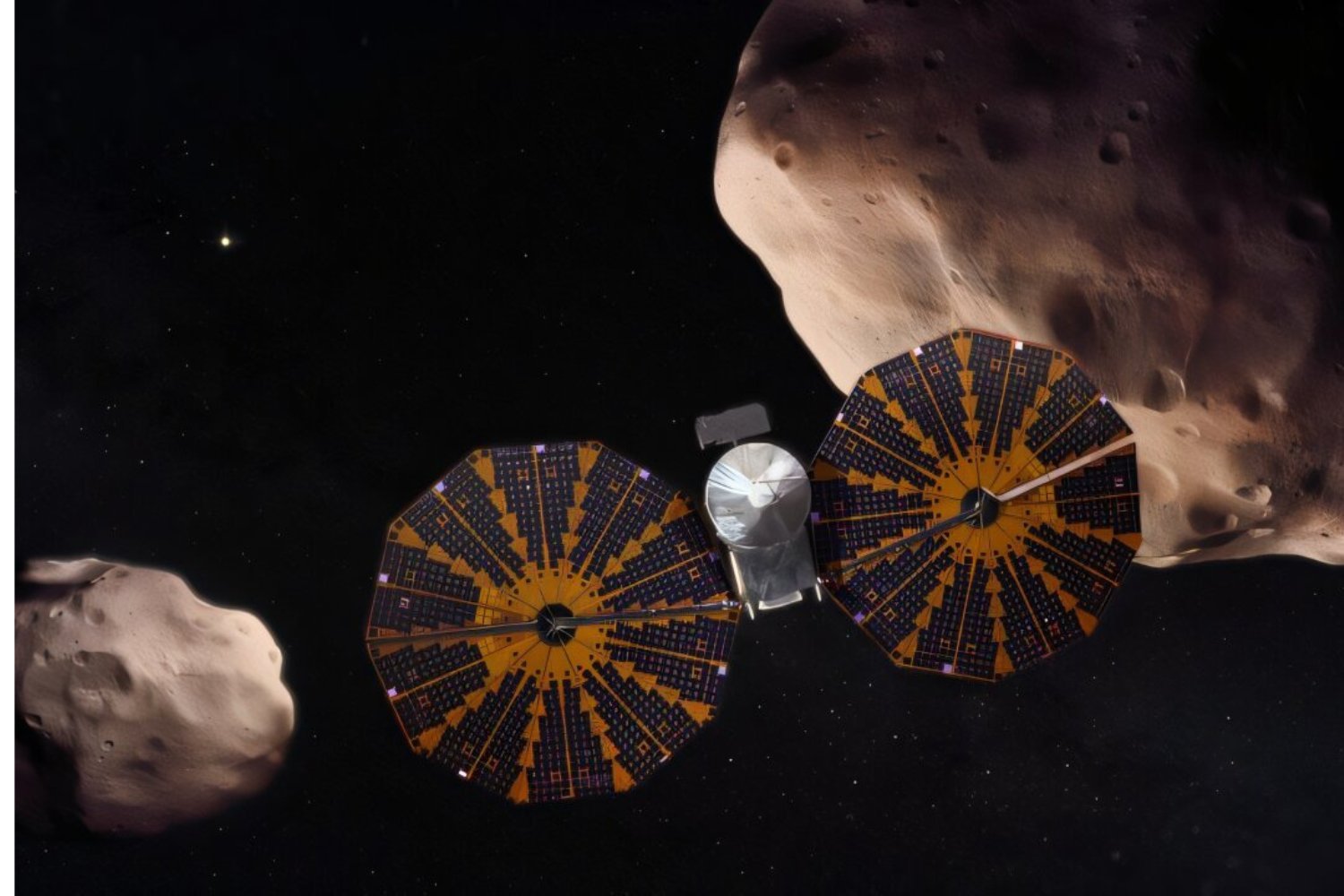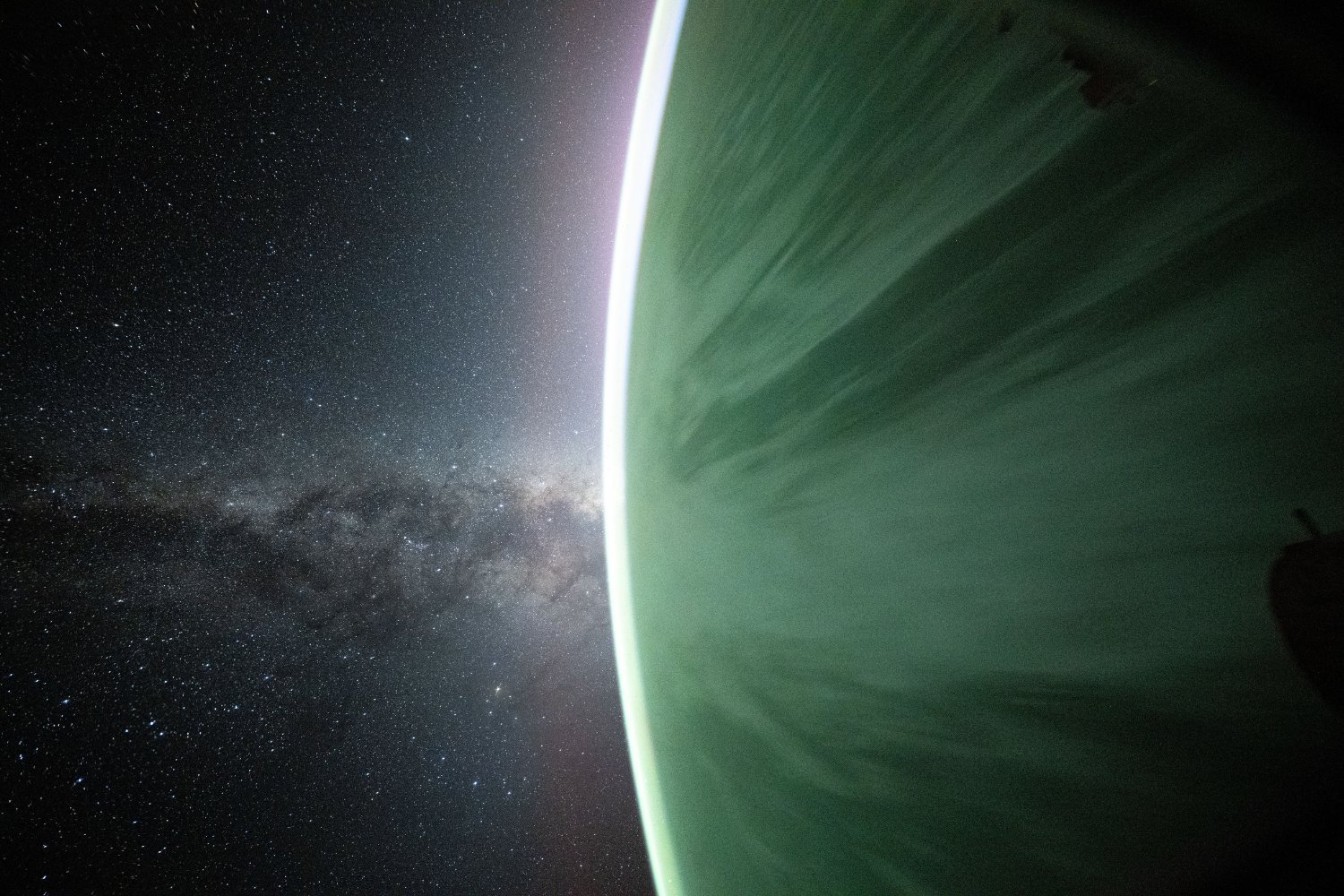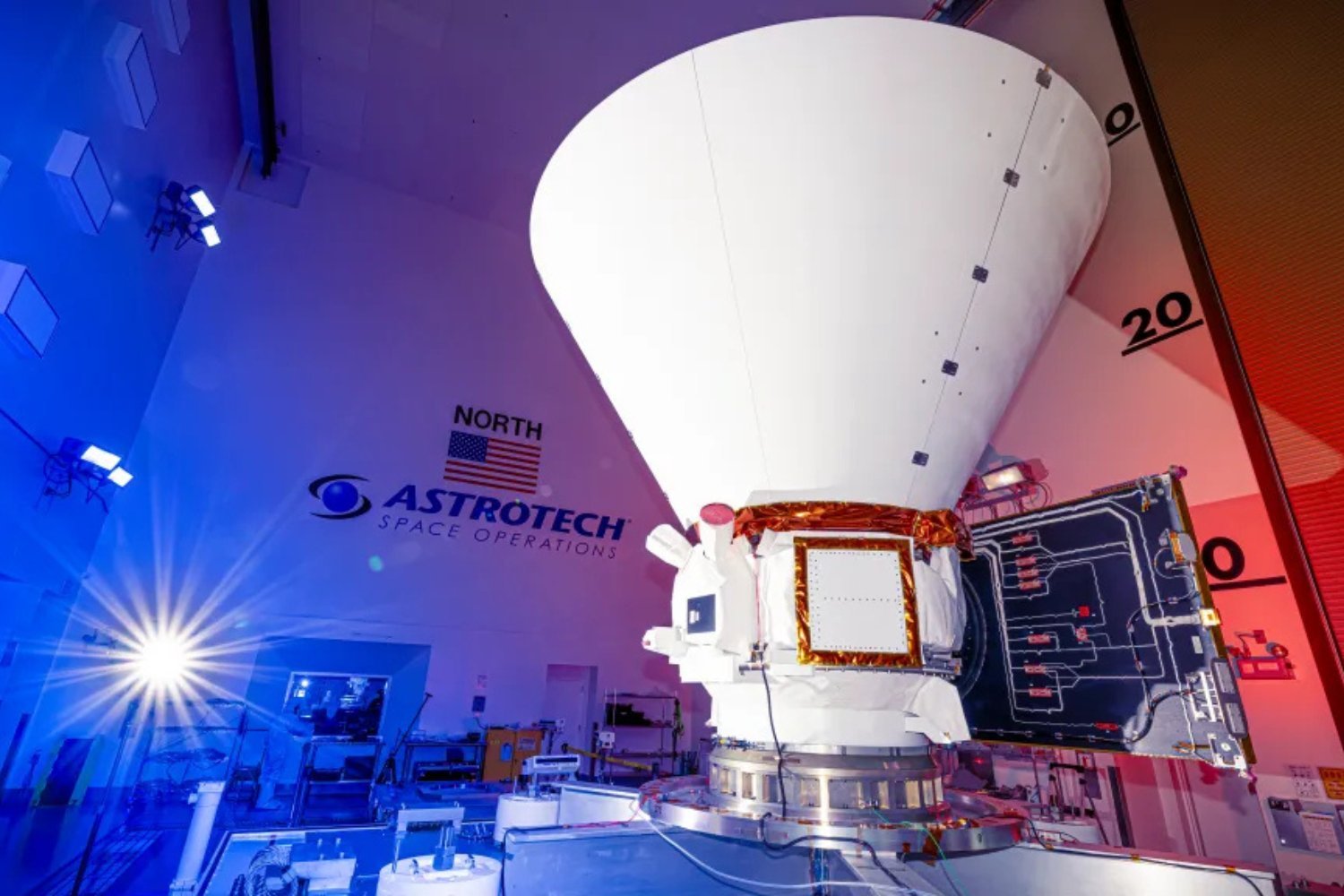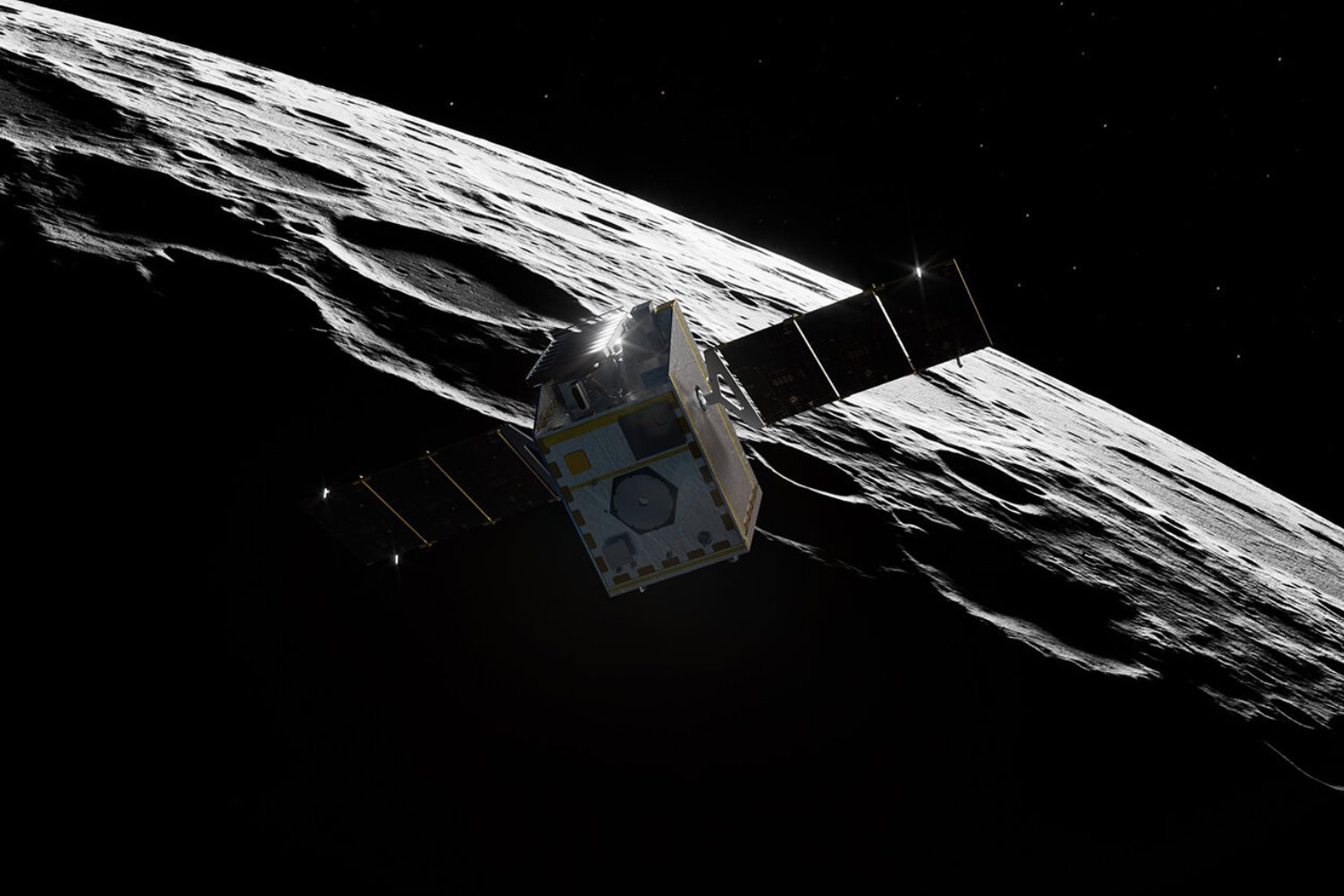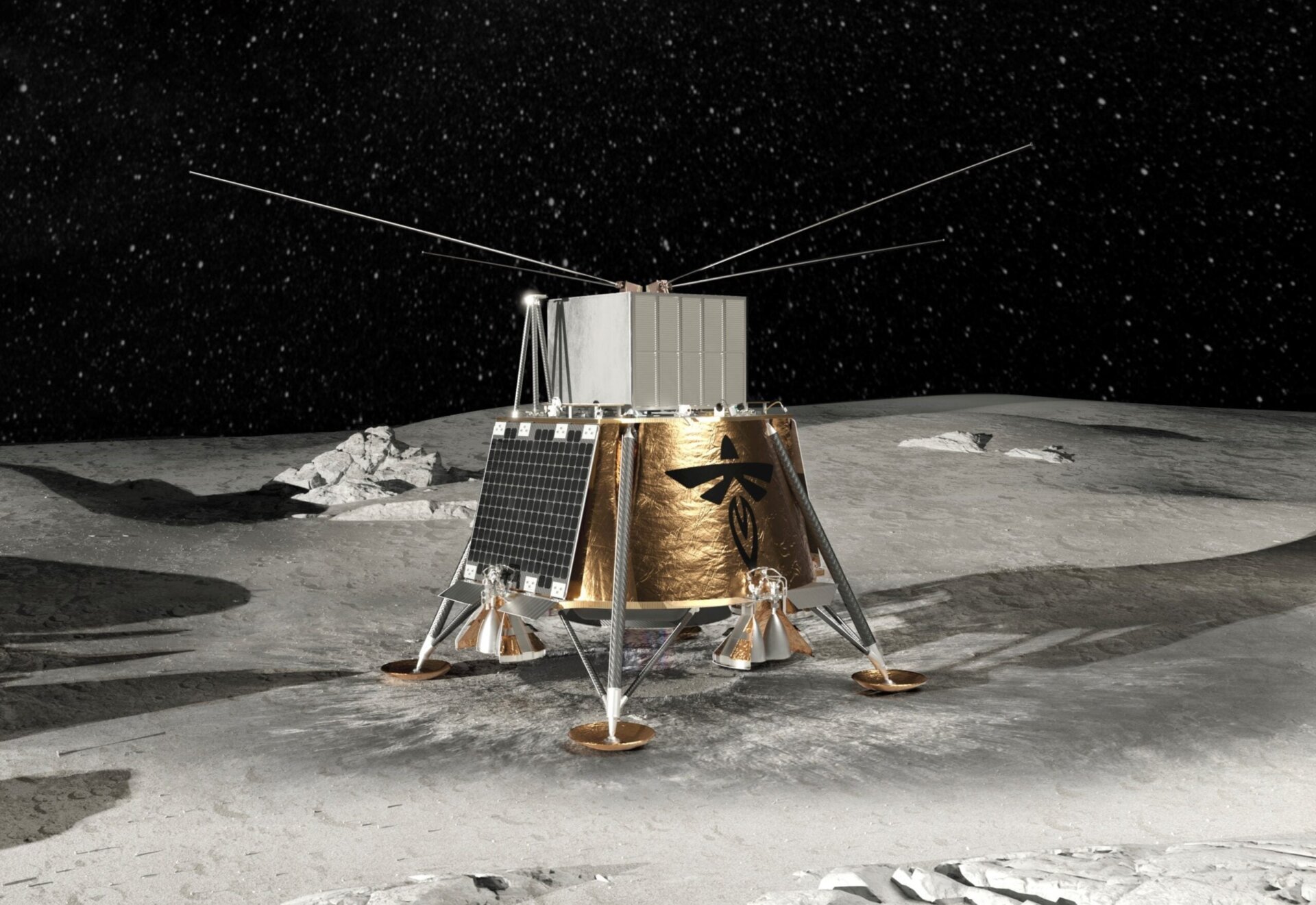The January 17th test flight of SpaceX’s Starship launch vehicle met an untimely end due to a “stronger-than-expected harmonic response,” according to an official statement from SpaceX. This resonance-induced vibration amplified stress on the propulsion system, ultimately leading to the rocket’s explosion before reaching orbit. The incident prompted an investigation by SpaceX and the Federal Aviation Administration (FAA), shedding light on the complex challenges of developing super-heavy-lift launch vehicles.
The initial phases of the launch appeared promising. The Super Heavy booster’s 33 Raptor engines ignited successfully, executing a full burn and enabling the booster’s controlled return to the launch site. A minor issue with one engine’s igniter system, causing premature shutdown, was identified and addressed for future flights through an igniter system upgrade.
However, the second stage, the Starship spacecraft itself, encountered critical problems approximately two minutes into its engine burn. A flash near one of the Raptor vacuum engines, located in the unpressurized “attic” section between the liquid oxygen tank and the aft heat shield, signaled the beginning of the failure sequence. Sensors registered a pressure increase in the attic, indicating a leak.
A subsequent flash and ensuing fires in the attic triggered a controlled shutdown of multiple engines, followed by a loss of communication with the Starship. SpaceX confirmed that the Autonomous Flight Safety System, fully functional at the time of communication loss, triggered automatically before the vehicle broke apart approximately three minutes later. The breakup occurred within the expected parameters of the Flight Termination System.
Debris from the explosion fell into the Atlantic Ocean and some inhabited areas of Turks and Caicos, though no injuries were reported. Residents discovered rocket remnants on their properties and local beaches. SpaceX maintained that all debris landed within the designated Debris Response Area, posing no significant environmental risks. They emphasized the effectiveness of safety measures in protecting public safety despite the flight’s premature termination.
Starship plays a crucial role in NASA’s future space exploration endeavors, including the Artemis program, which aims to land astronauts on the Moon. The launch vehicle is also designed to transport substantial cargo payloads, such as Starlink satellites, into orbit.
Following the investigation, SpaceX implemented design modifications, focusing on the fuel feed lines to the vacuum engines and propellant temperatures. The attic section also received upgrades, including vents and a purge system, to enhance fire resistance.
The next Starship test launch is currently scheduled for Friday, February 28th. This incident underscores the inherent complexities of rocket development. Previous Starship tests have encountered various setbacks, including launch pad damage and in-flight explosions. While SpaceX has achieved milestones like successful booster stage catches, the January failure highlights the ongoing challenges in perfecting this ambitious super-heavy-lift launch system.



